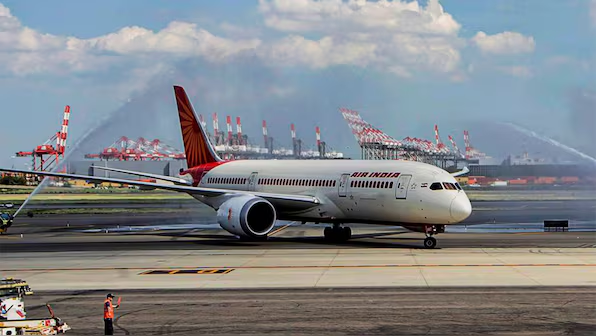Introduction
The Air India 787 crash on June 12, 2025, near Ahmedabad stunned aviation experts worldwide. During the critical climb phase, the Dreamliner issued a Mayday and descended rapidly, crashing within 30 seconds of takeoff. But what really went wrong? Here’s what experts are saying.

Takeoff Phase: Critical Moments
A safety engineering expert noted the crash likely occurred “during the final part of the takeoff roll or shortly after”, when the aircraft was most vulnerable. Data shows the aircraft reached ~625 ft but never achieved stable climb—suggesting malfunction in lift or thrust systems Air India 787 crash.
Configuration & Mechanical Factors
Video analysis showed the landing gear remained extended and wing flaps possibly misconfigured—critical for lift generation . Lt. Col. Davidson remarked this could result in insufficient lift, causing a stall-like descent .
Bird Strike or Engine Failure?
- Aviation consultant Captain Saurabh Bhatnagar suggested multiple bird strikes may have led to engine failure just after takeoff .
- Others emphasize a potential dual-engine thrust loss, possibly from mechanical or electronic failure—though data is pending .
Engine & Environmental Context
Although conditions were clear and weather not a factor, experts note the Dreamliner’s history of engine FADEC issues and its age (11 years)—prompting scrutiny of GE GEnx-1B engines .
Debunking Speculative Theories
On-air commentary raised suspicions of foul play or poor regulation. Aviation expert Mike Boyd countered, “India is not sloppy,” asserting the incident points more to Boeing or Air India maintenance—rather than oversight failures .
Next Steps in Investigation
DGCA, NTSB, AAIB, and Boeing investigators are analyzing black boxes and maintenance logs. Expect insights on:\n
- Flight configuration (gear/flaps/climb settings)
- Engine performance and thrust data
- Evidence of bird-strike damage
The final conclusions may take 1–2 years.
Conclusion
Experts believe the crash resulted from a mix of improper takeoff configuration (gear/flaps), and possible engine failure—due to bird strike or mechanical fault. India’s aviation standards remain robust, but Boeing’s role and Air India’s preflight procedures will be key in the investigation.
Related: Flight AI171 Crash Timeline
External expert report: Economic Times: Safety Engineering Expert Analysis









